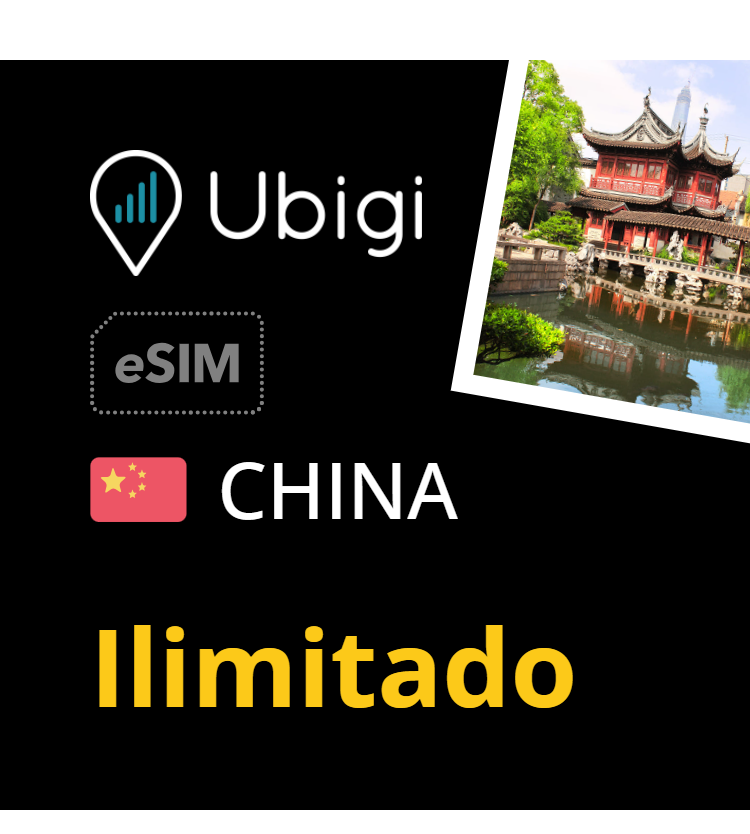
China’s Big Three Telecoms Launch eSIM Nationwide — What It Means for Mobile and IoT
The era of full-scale commercial deployment of eSIM in China’s smartphone market has officially arrived. After years of trials, regulatory caution and ecosystem building, China Mobile, China Unicom and China Telecom — the “Big Three” state operators — have secured approval from the Ministry of Industry and Information TechnoIogy (MIIT) to roll out commercial eSIM mobile phone services nationwide.
What this means: embedded-SIM (eSIM) in smartphones is no longer a niche or pilot matter in China — it is going mainstream, backed by regulatory clearance, operator muscle, and device makers ready to support it.
What’s changed – and why it matters
The approval grants these operators the right to offer eSIM-based mobile phone services across all provinces, enabling users to activate and switch network profiles without physical SIM cards.
For device makers it opens the way to launch models supporting eSIM from the get-go in the Chinese market. For telecom and travel tech observers (that’s very much Alertify’s universe), it signals a watershed: China moving from “experiment” to “deployment” mode for mobile phone eSIM.
Of course, eSIM in itself is not brand new. But after years of wrangling among device makers, carriers, regulators and standards bodies, the path has been bumpy.
Now that the regulatory barrier has moved, the real game of scale and ecosystem expansion begins.
Why IoT-eSIM has been ahead of mobile phone eSIM
It’s worth digging into the contrast between mobile phone eSIM and IoT eSIM (that is, embedded SIM usage in connected devices beyond standard smartphones). In fact, IoT has often been the easier win — and for good user-centric reasons.
- Unlike personal mobile numbers (which act as identity anchors, tied to contacts, apps, services), many IoT numbers simply identify a device and don’t carry the same lifestyle baggage. That makes network switching smoother and less emotionally or socially fraught.
- Many IoT devices are deployed in harsh environments — industrial sensors, vehicle telematics, environmental monitors — where physical SIM card trays, metal contacts, and slot mechanics introduce reliability risk. Embedded SIMs sidestep these drawbacks, offering better durability.
- The operator network coverage and device ecosystem for mobile phones is already highly mature—so the incremental value of eSIM in smartphones is more about convenience and design flexibility (smaller size, detachable tray removal) than enabling entirely new kinds of connectivity. In IoT, the benefit is more structural (remote provisioning, device lifecycle management, and flexibility of operator choice) and thus arguably more meaningful.
In short, while mobile phone eSIM brings a user-experience upgrade, IoT-eSIM has been delivering more immediate value in terms of deployment, reliability, and flexibility.
How the mobile phone eSIM rollout will accelerate IoT-eSIM uptake
Here’s where the policy shift gets interesting for Alertify’s travel tech and roaming-centric readership. Because the mobile phone eSIM train is now moving in China, the ripple effects for the broader eSIM ecosystem — including IoT — should be strong.
Past development in China: IoT eSIM has been quietly progressing. For example, as early as 2019 and 2020, MIIT approved China Unicom, China Telecom and China Mobile to carry out eSIM services in the IoT domain nationwide.
According to China-based data, by the end of 2023 there were nearly 200 million IoT eSIM connections in China, and forecasts suggest a leap to 2.2 billion by 2030 (CAGR ~43 %).
Yet technical and ecosystem hurdles remained—module interoperability, RSP (remote SIM provisioning) complexity, device management maturity—which dampened speed.
With the mobile phone eSIM rollout unlocking scale, awareness and device-OEM momentum will rise — and that pumps oxygen into the IoT side of the business too. The same supply chain players (chips, modules, platforms), the same operators, the same remote-provisioning platforms will see spillover benefits.
A report by the China Academy of Information and Communications Technology says that China’s eSIM industry chain is now essentially complete—covering chip design/manufacture, module R&D, platform services, terminal equipment and the operator segment. Domestic firms are globally competitive.
So the mobile phone eSIM rollout acts as a catalyst: by embedding eSIM at scale in consumer handsets, it raises awareness, drives standards work, forces module-cost reduction, and encourages operator offering expansion — all of which make it easier for IoT deployments to piggyback.
Key user-value and ecosystem advantages
From a user (or enterprise) perspective, eSIM brings several clear benefits — and these apply across both smartphones and IoT devices:
- Slot-free design – With eSIM embedded in the device, manufacturers save space previously used for SIM trays, metal contacts, and connectors. That can lead to slimmer, lighter devices with improved water/dust sealing and better thermal behaviour.
- Improved reliability—Traditional physical SIM trays and contacts are vulnerable to oxidation, vibration, temperature/humidity extremes, and mechanical stress. Embedded SIMs sidestep many of those failure modes.
- Supply-chain/logistics savings – No need to manufacture, package, ship, store and manage billions of physical SIM cards. That yields cost and complexity reduction for device makers, OEMs and operators.
- Seamless network switching—users (or devices) can switch network profiles remotely, without physically swapping cards—enabling more flexible plans, better roaming, multi-profile support, and faster activation.
- Industry-chain acceleration—As device OEMs integrate eSIM support and operators enable remote activation, module-makers and platforms scale up—lowering costs and raising availability for both consumer and IoT devices.
Challenges ahead – why mobile phone eSIM still needs time
While the approval is a big step, it’s not instant universal usage. Several caveats are worth flagging:
- Awareness among consumers remains modest. In a global survey, only ~23% of respondents worldwide had used eSIM, and in China the figure was ~27%; about 33% claimed to “know” about eSIM and 42% were “unsure if their phone supports it.”
- Device support in China had been limited — until very recently. For example, the rollout of the iPhone Air (which lacks a physical SIM slot) was delayed in China due to eSIM-regulatory issues.
- Technical complexity remains on the IoT side — module-level compatibility, RSP ecosystem uniformity, profile management and lifecycle handling. The “Global IoT eSIM Module and iSIM Chip Module Market Tracker” found that in Q2 2024 only ~33% of modules shipped supported eSIM; ~62% still used physical SIMs.
- Operator business models and subscriber-identity issues matter. A smartphone number carries identity baggage (contacts, apps, linked services) so switching operators via eSIM is more psychologically and socially loaded; that makes the transition in the mobile phone world slower than in IoT.
Conclusion: China’s eSIM rollout joins global momentum — and what to watch next
For Alertify’s travel tech and roaming-savvy audience, the milestone in China is significant in a global context. Markets such as the U.S., Europe and parts of Asia were ahead in smartphone eSIM adoption; China’s entry at scale now completes a missing major piece in the global jigsaw.
Comparatively, China’s move mirrors what happened in markets like the U.S. where eSIM-only devices (such as Apple’s iPhones) have accelerated uptake. In China, the combination of operator readiness, device ecosystem (e.g., major Chinese OEMs like Huawei, Xiaomi, OPPO, vivo) and regulatory approval suggests a robust foundation going forward.
From a strategic and affiliate-marketing perspective: as eSIM becomes mainstream in China’s smartphone market, it will drive awareness and normalization — beneficial not just for consumer travellers swapping SIM cards, but for global eSIM offerings (e.g., travel eSIMs, roaming packages) that want China unlocked as a source or destination market. And on the IoT front, this mobile phone push strengthens the broader eSIM ecosystem: more modules, more platforms, lower cost – all of which pave the way for IoT scale-out.
In short: China’s mobile phone eSIM commercialisation is not just a domestic telecom milestone—it is an accelerator for the global eSIM economy, especially in IoT and travel-enabled connectivity. The next 12-24 months will be telling: device OEMs adding support across price points, carriers enabling full remote activation and multi-profile features, and travel-tech players incorporating China support into their roaming and eSIM product strategies. For Alertify’s audience of frequent travellers, digital nomads, and tech-savvy enterprises, this is a signal to watch—and act.











